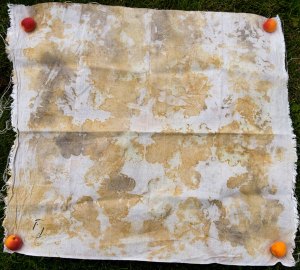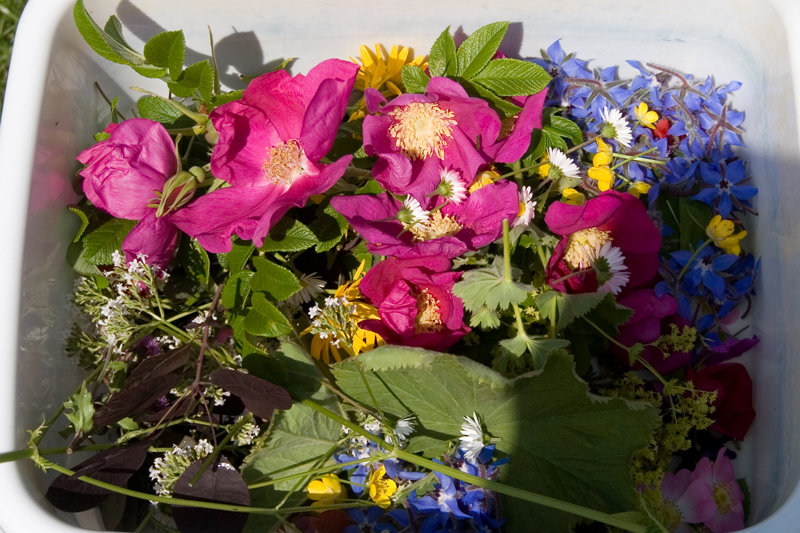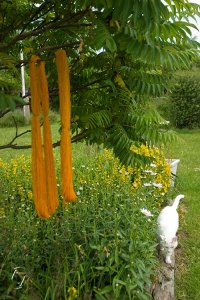 Came by my overgrown vegetable garden the other day and discovered the Anthemis in full bloom. Anticipating rain I got a bowl and nicked off all the heads.
Came by my overgrown vegetable garden the other day and discovered the Anthemis in full bloom. Anticipating rain I got a bowl and nicked off all the heads.
So this year I’ll be dyeing with the heads and the leaves separately to see how that goes. First batch ended up getting boiled, and this doesn’t seem to ruin the colour like madder or weld, so I’ve just continued doing that as I forget to watch the kettle anyway. I will try a solar dyed batch just for “science”, though. The leaves were boiled as well.
I ended up with a total of 2000 g of flower heads over several harvests, most have been set out to dry for winter projects. Or to be sold in small dye kits if anyone is interested!
There is an inceredible amount of dyestuff in the flowers, after straining I poured the extra water for the dyebath over the sieve with the boiled flowers and strong yellow just kept coming out of them. So there’s a great opportunity for many shades of yellow here depending on how much wool you put in or using the dyebath several times. You might even boil the flowers several times and combine the results in a bigger dyepot.
Click for more pix and to Continue reading “Dyer’s chamomile – Anthemis tinctoria – FarvegÃ¥seurt” →
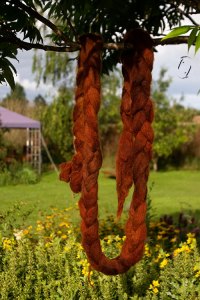 I’m participating in a sweater spin-along with the Danish Spinners, a somewhat long project for most of us since we all pretty much try to do 100 projects at a time….
I’m participating in a sweater spin-along with the Danish Spinners, a somewhat long project for most of us since we all pretty much try to do 100 projects at a time….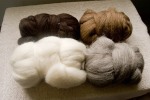 Continue reading “Sweater SAL 1”
Continue reading “Sweater SAL 1” 
